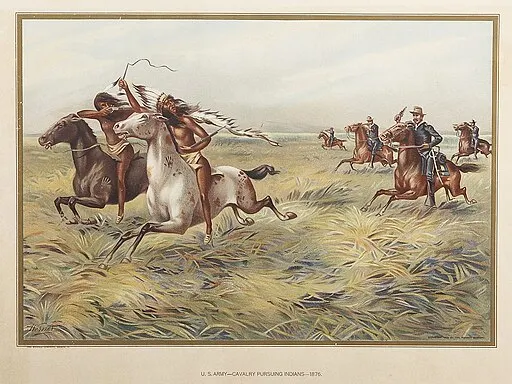8G History Week 18 Assignment
In this weeks assignment, I will not only be covering the Industrial Revolution, but also briefly highlighting John D. Rockefeller, an entrepreneur I learned about this week.
The Industrial Revolution was a period in history when many new technological discoveries emerged, and factories became much more widespread. It started in Britain, and spread throughout Europe, and it reached the United States in the late 1700s.
The Industrial Revolution brought lots of benefits, as food and clothing were now mass-produced, so the standard of living went up, and resources were much cheaper. But there were problems too. The artisan workers had good business before the Industrial Revolution, but now they had to compete with the major factories, which sometimes put them out of business.
Here are some of the major inventions during the Industrial Revolution.
- Steam Engine
- Mechanical Loom
- Cotton Gin
- Telegraph
- Telephone!
- Steamboat
- Railway
As you can see, there were lots of inventions during the Industrial Revolution, and it has changed the way we live in America today.
John D. Rockefeller
John Davison Rockefeller was born on July 8, 1839, in New York. He was a businessman and philanthropist. He dropped out of high school to start a business that sold grain and hay, but he realized that he could make lots of money in oil. So he started an oil refinery business, and had so much success, that he and a few other businessman decided to start a company called Standard Oil. Some people didn’t like this business, because they thought it was too much like a monopoly. So they went complaining to the government, and they declared that Rockefeller’s business violated the Sherman Antitrust Law, so he was forced to split the business.
Rockefeller was also a major philanthropist. He helped found the University of Chicago, Rockefeller University, the Rockefeller foundation, and many more.
John D. Rockefeller wasn’t a perfect man. He did have faults like all of us do, but I consider him to be a good role model in business. He showed generosity with his money, and respect toward his competitors.
References:

